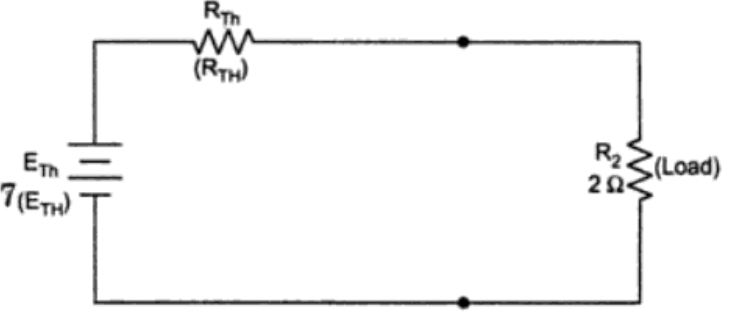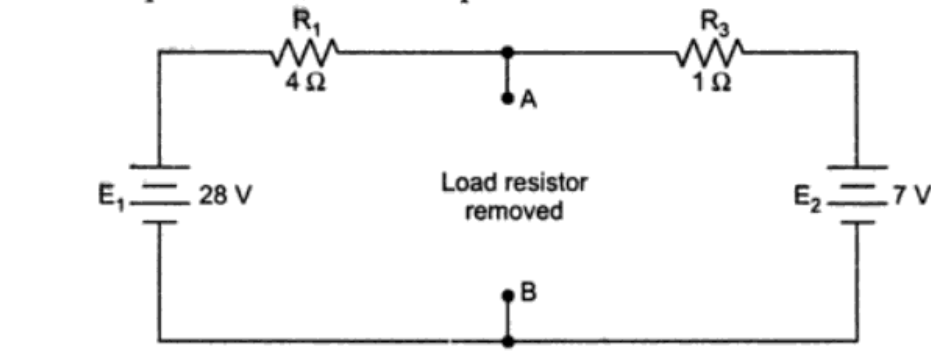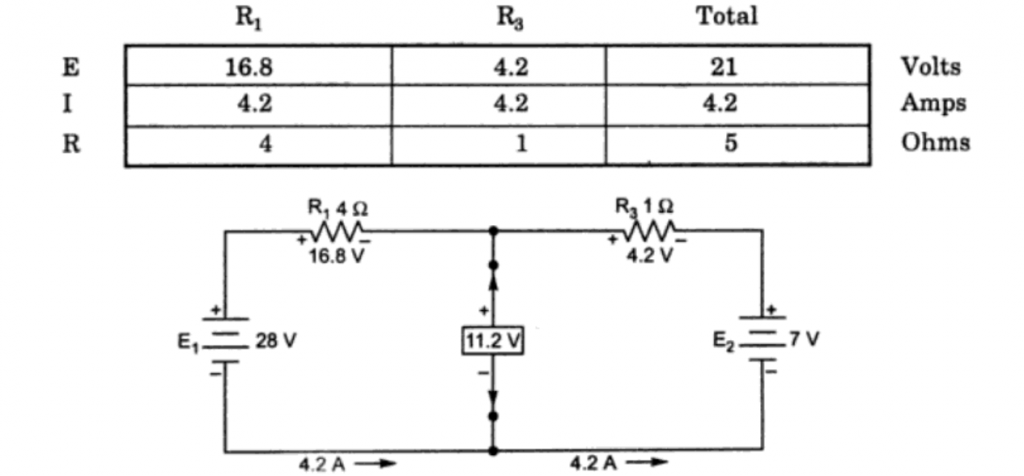
What is the Thevenin’s Theorem
What is the Thevenin’s Theorem. According to the Thevenin’s Theorem it is possible to simplify any linear circuit to an equivalent circuit that contains a voltage source and a series resistance connected to the load. No matter how complex the given circuit is, Thevenin equivalent circuit can be generated from it. By linear we mean where we can apply superposition principle.
Usually it is true for the circuits containing passive components such as resistors, capacitor or inductors. But if the circuit contains some components made up of semiconductors or active components, then this is not applicable since they show opposition to current flow when voltage is increased in some cases. In other words, when the circuits consists of non-linear components, then we do not apply Thevenin’s Theorem.
Mostly Thevenin’s Theorem is used while analyzing power systems where we want to study the behavior of load. With different values of load we can study the values of voltages and current across it.

Let us assume that in the above circuit R2 is the load resistance. We have already many methods available for analyzing the voltage and current through R2. For example: mesh analysis, loop analysis, nodal analysis or superposition. But all these methods take much time for analyzing circuits specially in the cases when we want to analyze for different values of load.
Thevenin’s Theorem makes it simple by removing the load from the circuit and determining an equivalent circuit which consists of equivalent resistance (Thevenin’s resistance) and the voltage source that are connected in series with the load. Then we can simply apply voltage division rule for determining the voltage across the load and then by applying ohm’s law we can find the current through the load.
Thevenin’s equivalent circuit
The following figure shows the Thevenin’s equivalent circuit.

The advantage of converting the original circuit into Thevenin’s circuit is that it makes the calculations easier without effecting the original values. The first step is to remove the load resistor and there will be a break (open circuit) in that place as shown below

In the second step we have to determine the voltages from where the load resistor is removed. We can analyze by using any method. This circuit is nothing but a series circuit where opposite batteries are connected with resistors. By using Ohm’s law and Kirchhoff’s Voltage Law (KVL) we have determined the following values

with the load resistor of 2 ohms attached we can determine the following values.

Steps that are used while applying the Thevenin’s Theorem
The given steps are followed while solving a network using Thevenin’s Theorem
- In this theorem, the complex network is converted into a simple network which consists of an equivalent voltage source, equivalent resistance and the load resistor.
- Find the equivalent voltage source Vth at the point from where the load resistor is removed.
- Then find the equivalent resistance or Rth by replacing voltage sources with short circuits or the current sources with an open circuit.
- Then draw an Thevenin’s equivalent circuit which will consist of Rth and Vth both in series with a load resistor. Apply voltage division rule for finding the load voltage and current.
Thevenin’s Theorem with Simple Example
Thevenin’s Theorem with example
Here is the solved examples and description of Thevenin’s Theorem
Voltage Division Rule and Current Division Rule
Also read here
https://eevibes.com/electronics/devices/what-are-the-properties-of-inductor/